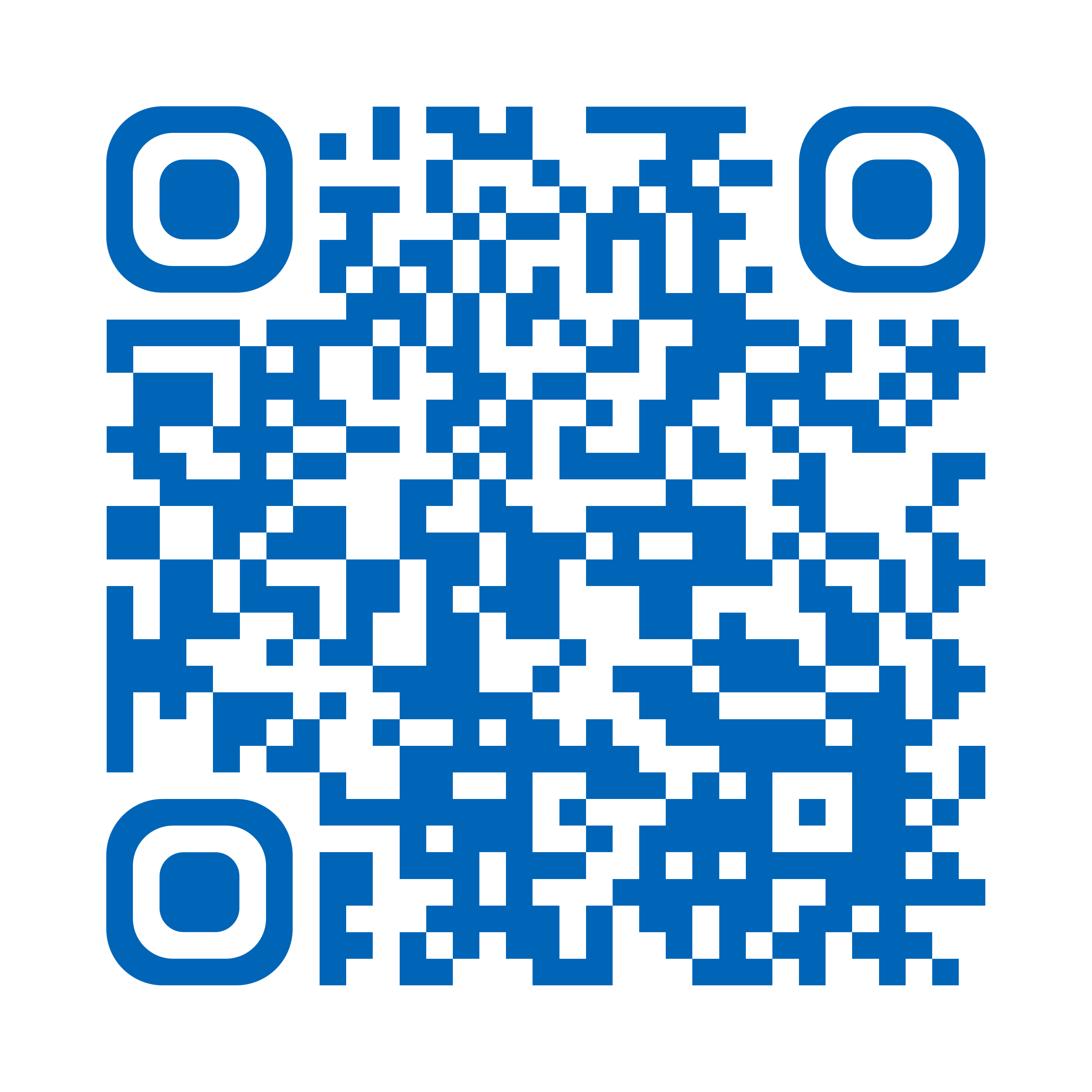- Reference Number: HEY967-2024
- Departments: Audiology
- Last Updated: 3 June 2024
Introduction
This leaflet has been produced to give you general information about your procedure. Most of your questions should be answered by this leaflet. It is not intended to replace the discussion between you and the audiologist, but may act as a starting point for discussion. If after reading it you have any concerns or require further explanation, please discuss this with a member of the healthcare team.
What is a hearing aid assessment?
You have probably been troubled by some symptoms; following discussion with your doctor he has advised that you have a hearing assessment.
The audiologist will ask you some questions about your medical history and hearing problems. They may also complete a simple questionnaire with you which will investigate the situations where you are having trouble hearing.
The audiologist will then examine both of your ears with and otoscope, which is a small hand held device that illuminates your ear canal and ear drum. In order to perform this test a small plastic tip is placed just into the entrance of your ear canal.
The hearing test will be performed in a sound proof room or booth. The purpose of the test is to determine the quietest sounds that you can hear at different pitches.
The sounds are presented through headphones which cover your ears. It is possible that ear phones may be used which are placed in the entrance of your ear canal. You will be asked to press a hand held button every time you hear a sound. You may be asked to detect the sounds in the presence of continuous background noise. Sometimes the test will also be performed using a small box-like vibrating device which sits behind the ear.
A further test may be required which assesses your ear drum; this is known as tympanometry. The test involves gently placing a small rubber tip just in the entrance of your ear canal and slowly changing the pressure in your ear. The test takes a few seconds for each ear and is not uncomfortable.
Why do I need a hearing test?
The hearing test is required in order to ascertain your hearing ability and to determine if a hearing aid is required.
How do I prepare for the appointment?
Please read the information leaflet. Share the information it contains with your partner and family (if you wish) so that they can be of help and support. There may be information they need to know, especially if they are taking care of you following this examination.
The tests performed can be affected and in some cases prevented by wax and ear infections; it is important that your GP has examined you before your appointment.
The hearing test can be affected by recent exposure to loud noises; it is recommended that you do not expose yourself to excessively loud noises for 48 hours before your appointment.
The audiologist will ask you some questions about the problems you have been experiencing. Prior to your appointment you may find it helpful to think about the situations where you have trouble hearing.
What happens afterwards?
The audiologist will discuss your hearing test and you will decide with them whether a hearing aid is appropriate and if you would like to try one.
If you decide to go ahead with a hearing aid, you and the audiologist will have a further discussion about whether one or two hearing aids are required.
In order to fit the hearing aid it may be necessary to take an impression of your ear. This involves inserting a soft foam stopper slightly into your ear canal and then filling your ear up with a smooth paste which takes approximately 5 minutes to set. The audiologist will then send this off to be made into a clear plastic ear piece to which the hearing aid will be attached at your fitting appointment.
A thin sound tube hearing aid fitting can be prescribed in some circumstances; this is dependent upon the severity of your hearing loss. The audiologist will discuss this with you.
Before you leave, the audiologist will provide you with an information leaflet about wearing a hearing aid and what to expect after the fitting appointment
Will I have any further appointments?
You will need to return to the Audiology Department to have your hearing aid fitted if you have decided to try one. It is likely that your hearing aid fitting appointment will be within 2 months of your hearing assessment.
In some cases, your hearing test results or responses during the medical history taking may lead to a recommendation from the audiologist to have a referral to the Ears, Nose and Throat (ENT) Department. If you agree to this, the audiologist will make a referral on your behalf.
Should you require further advice on the issues contained in this leaflet, please do not hesitate to contact the Audiology Department on tel: 01482 468355

